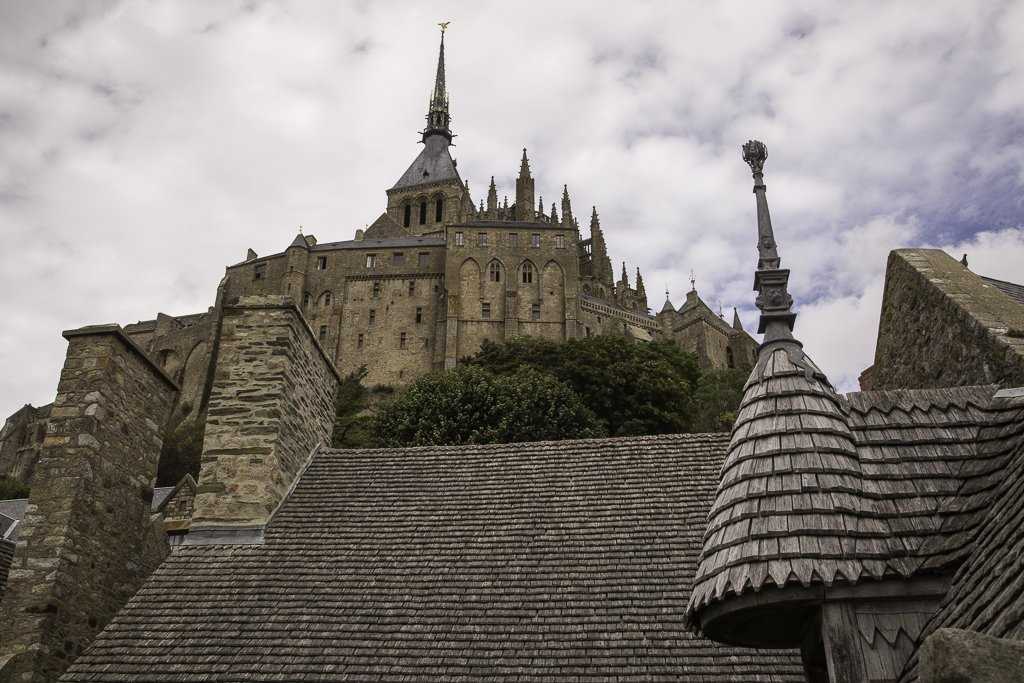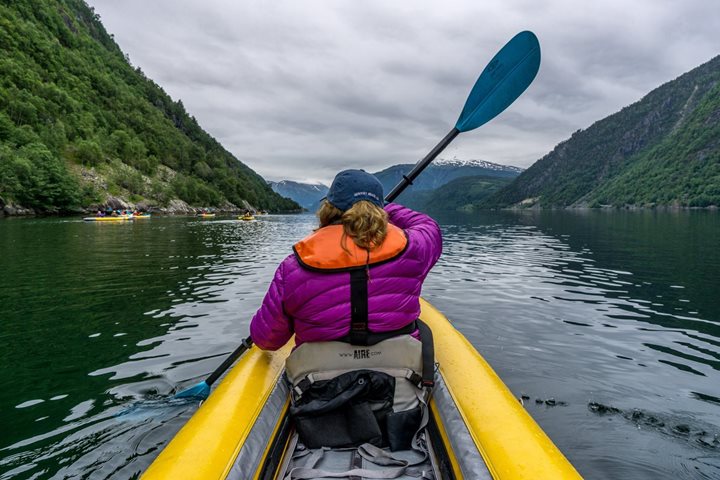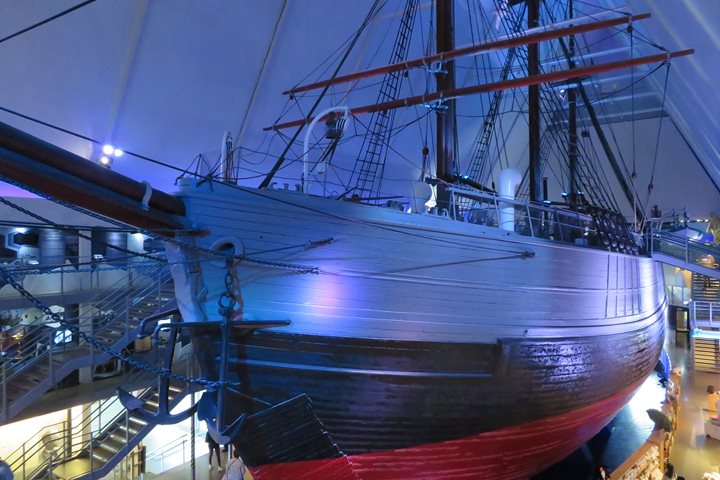Some of us who strolled past the historic gates of old St Malo this afternoon might have been struck by the fact that the town’s flag was flying above the black and white striped “Gwenn ha Du” of Brittany, the familiar red, white and blue tricolour of France and the gold stars on blue of the European Union. This was no accident, for such is the historic independence of St Malo that it obtained this unique privilege in bygone times. The inhabitants of St Malo were a seafaring people with global reach, more “Malouins” than Breton or French, their fisherman giving their name in French to the Falkland Islands where they established an early settlement, “Les Malouines”. This name crossed over into Spanish as “Las Malvinas”. At the other end of the Atlantic, it was a local boy, Jacques Cartier, who first sailed from St Malo to Canada in the sixteenth century. Buried in the town’s cathedral, he is commemorated by a fine statue looking out to sea from the town’s ramparts which were lovingly restored following the destruction of the old city in the closing months of the Second World War, a symbolic act that typified the characteristic pride of the “Malouins” in their town.
Our morning was devoted to a visit of one of the marvels of European mediaeval architecture, Mont St Michel, just over the border from Brittany in the neighbouring province of Normandy. On an ancient site that is thought to have housed an Early Christian anchorite in the sixth century, the mount that rises above the expanse of sand in the great bay was developed over centuries by a community of Benedictine monks so that today it tells the story of mediaeval church architecture in dramatic fashion. An impregnable stronghold, Mont St Michel had a military function as well as a spiritual one, very much in keeping with Norman traditions. During the years of the French Revolution there was some unfortunate iconoclasm and the building was used as a prison. It has also been a place of pilgrimage for centuries, a tradition maintained in modified form by modern tourism. Recent developments at the site in respect of tourism have been very positive. A decision was taken a few years ago to dismantle the causeway and associated parking for cars and coaches so as once again to allow the incoming tides to swirl around the base of the mount. The restoration of the landscape has been dramatically successful with some new archaeological features being revealed as an additional bonus, including an ancient quay the southern gate long buried in the accumulation of sand.
One other of the day’s options saw a group set off to Cancale, famous throughout France for its oyster production. At evening Recp we all had a chance to sample oysters and local Muscadet before dinner as we entered the sea-lock bound for Douarnenz.








